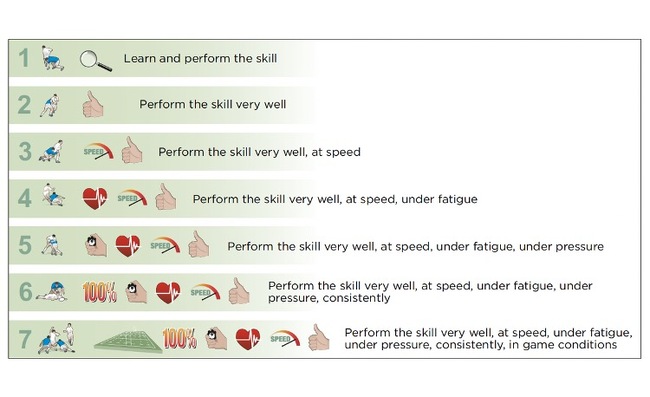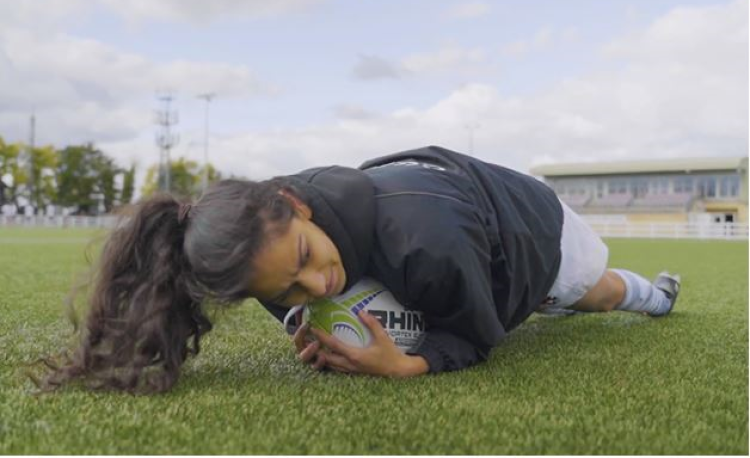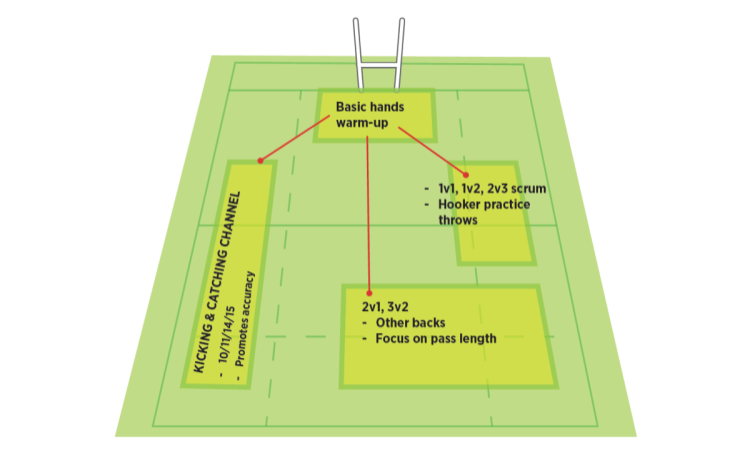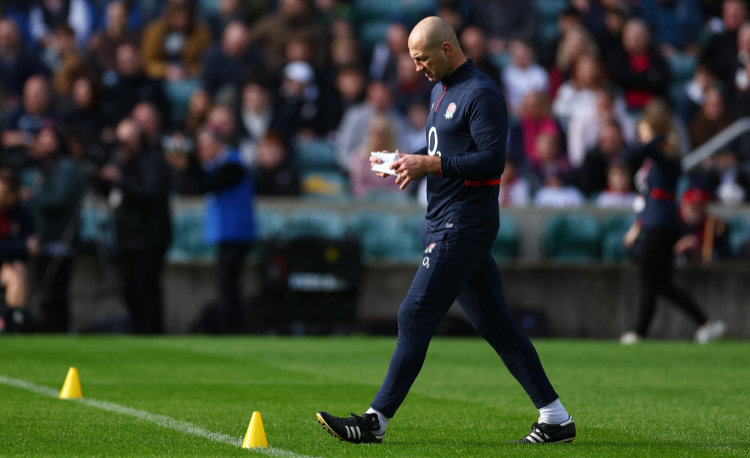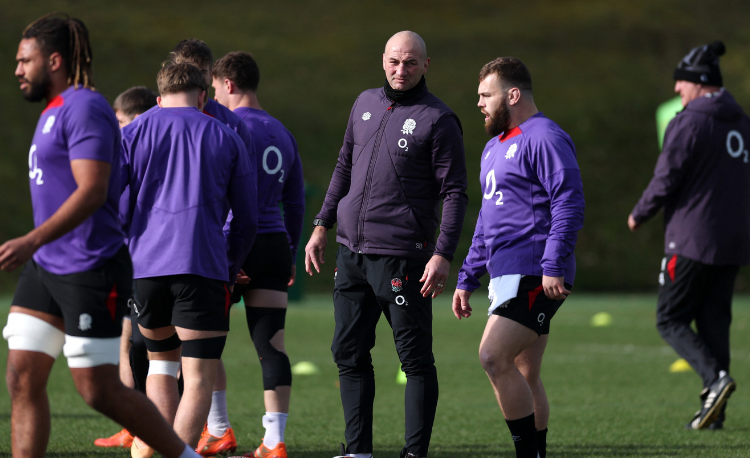Skill MOTs: enhancing attacks via 'ABC' skills
Create good habits with a focused programme which reinforces the core skills. By KRIS STAFFORD, rugby development officer at Leeds Beckett University.
In the fast-evolving world of rugby, staying ahead of the competition requires continuous refinement of fundamental skills.
As a coach, implementing a structured approach to skill development is crucial to reinforcing good practice.
This article focuses on the concept of skill MOTs (maintenance, observation and training) and their application to the ABC skills of attacking clear, ball carry and catch pass.
Understanding skill MOTs
Skill MOTs, much like vehicle MOTs, ensure that players’ skills are in optimal condition.
They involve regular assessment (observation), maintenance and targeted improvement (training). This approach provides a systematic way to ensure players consistently perform at their best.
The importance of your ABC skills in attack...
Attacking clear - The action of removing defenders from the breakdown area to secure quick ball. A well-executed attacking clear can disrupt the defensive line, provide quick ball and allow the attacking team to exploit gaps.
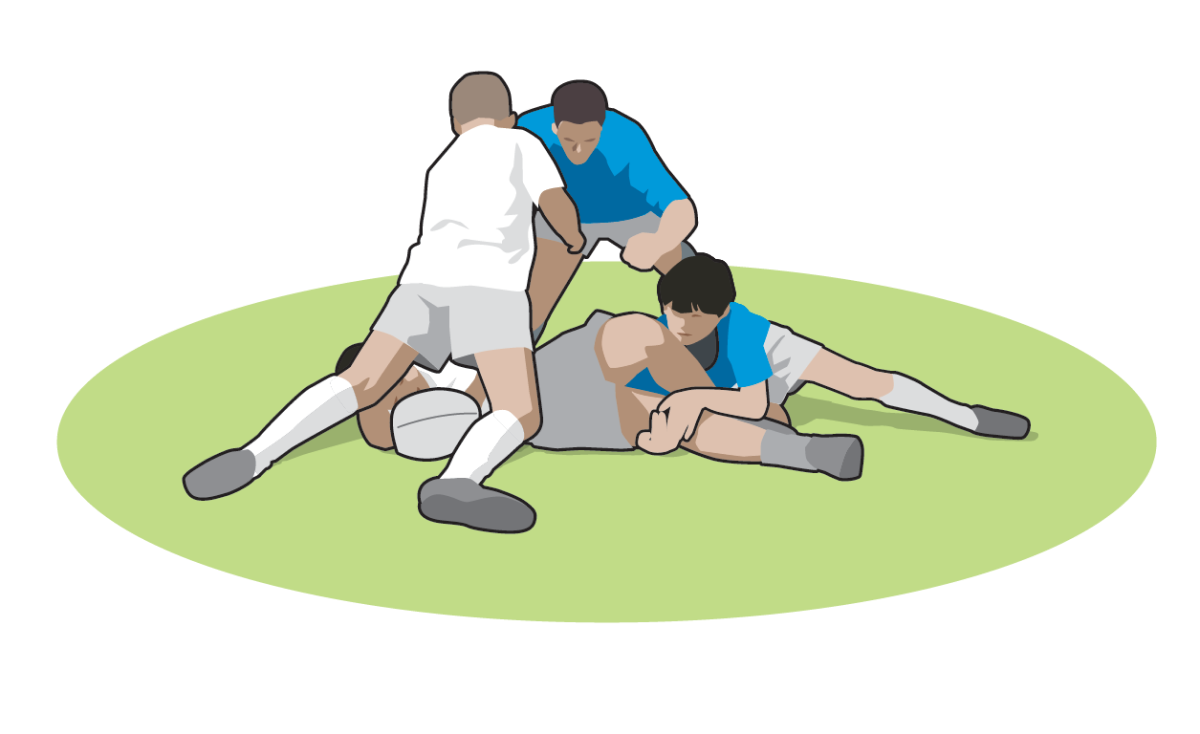
Ball carry - Maintaining control of the ball and evading defenders. Effective ball carriers can break tackles, gain valuable metres and draw in multiple defenders, creating space for team-mates.
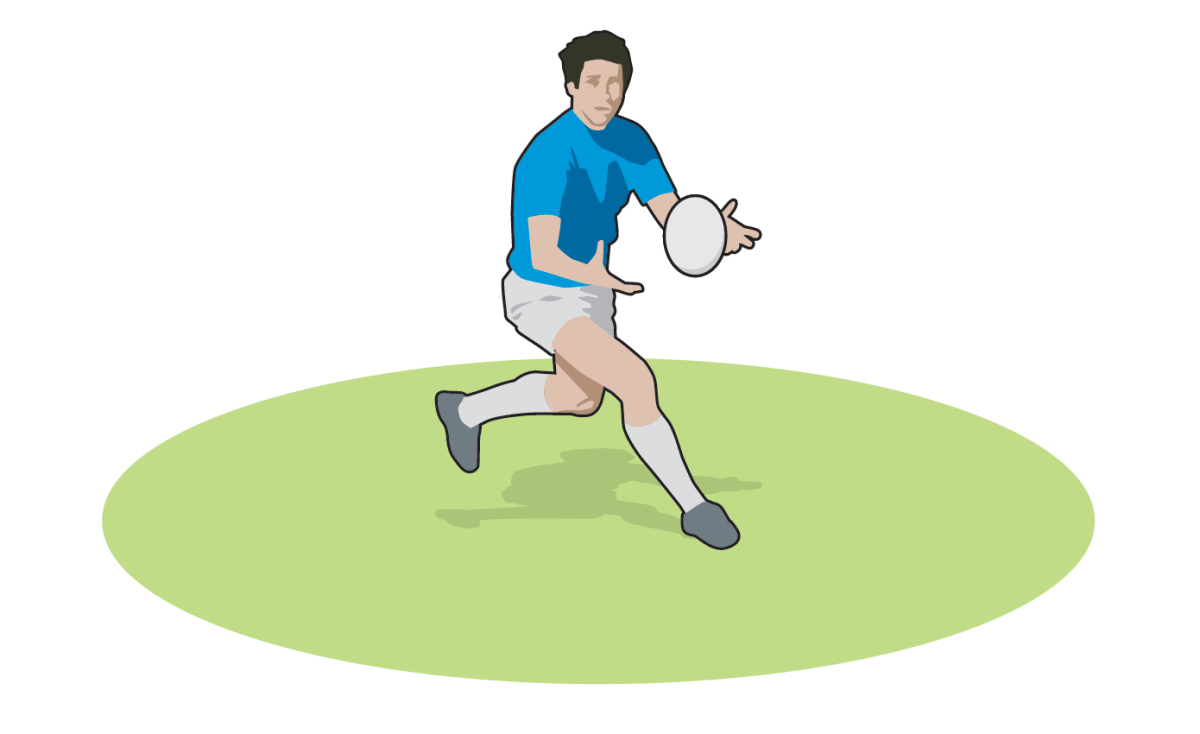
Catch pass - Maintaining control of the ball and evading defenders. Effective ball carriers can break tackles, gain valuable metres and draw in multiple defenders, creating space for team-mates.
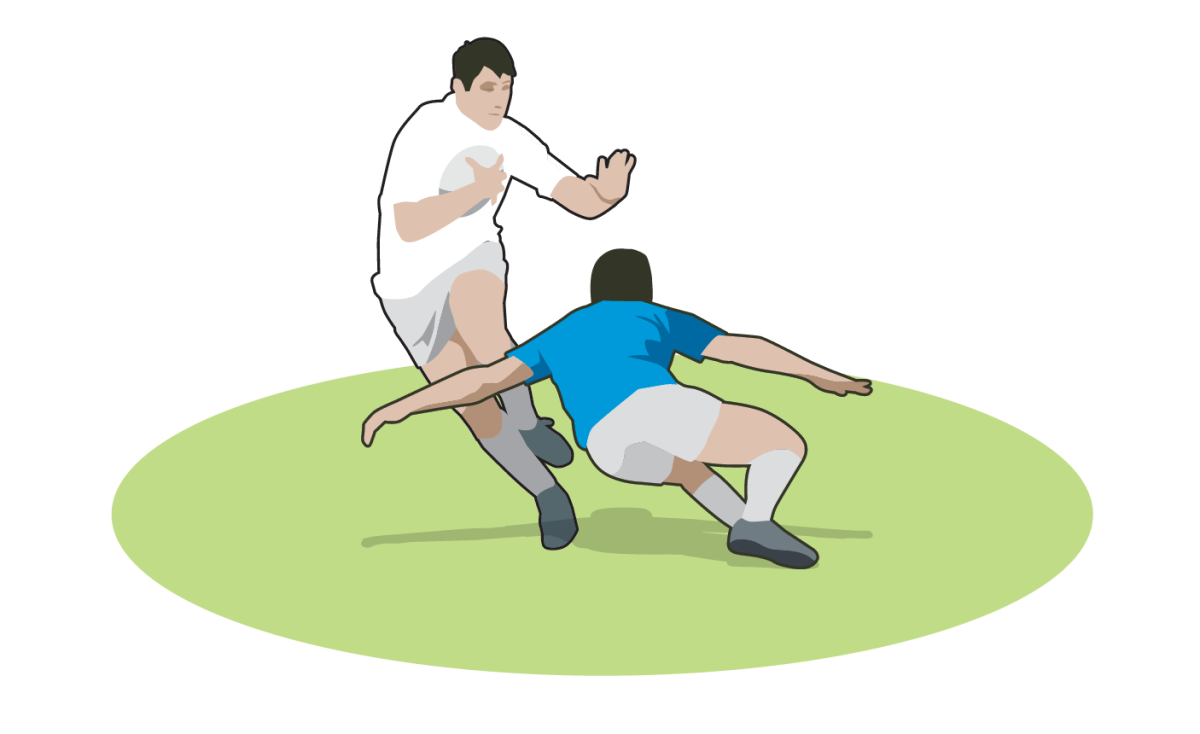
Technical model checklist for skill MOTs
A mental model checklist helps players and coaches systematically approach the development and refinement of ABC skills.
Here are illustrated breakdowns of the checklist for each skill...
ATTACKING CLEAR
- Win the race - Are support players able to get to the breakdown before a defender?
- Win the space - Can players get into the space in a strong body position over the player and the ball?
- Coach and clear - The support player should coach the ball carrier during the collision and direct them when to work to the ground
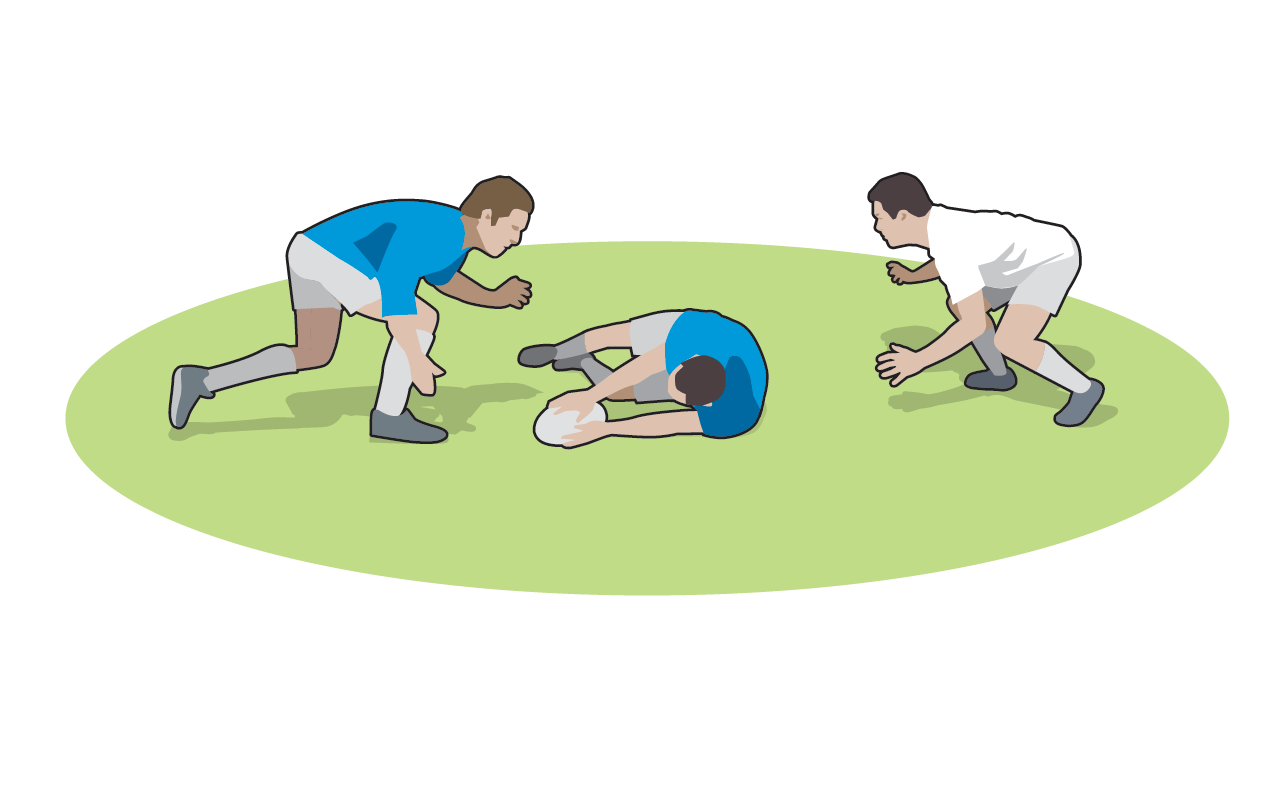
BALL CARRY
Footwork - Are support players able to get to the breakdown before a defender?
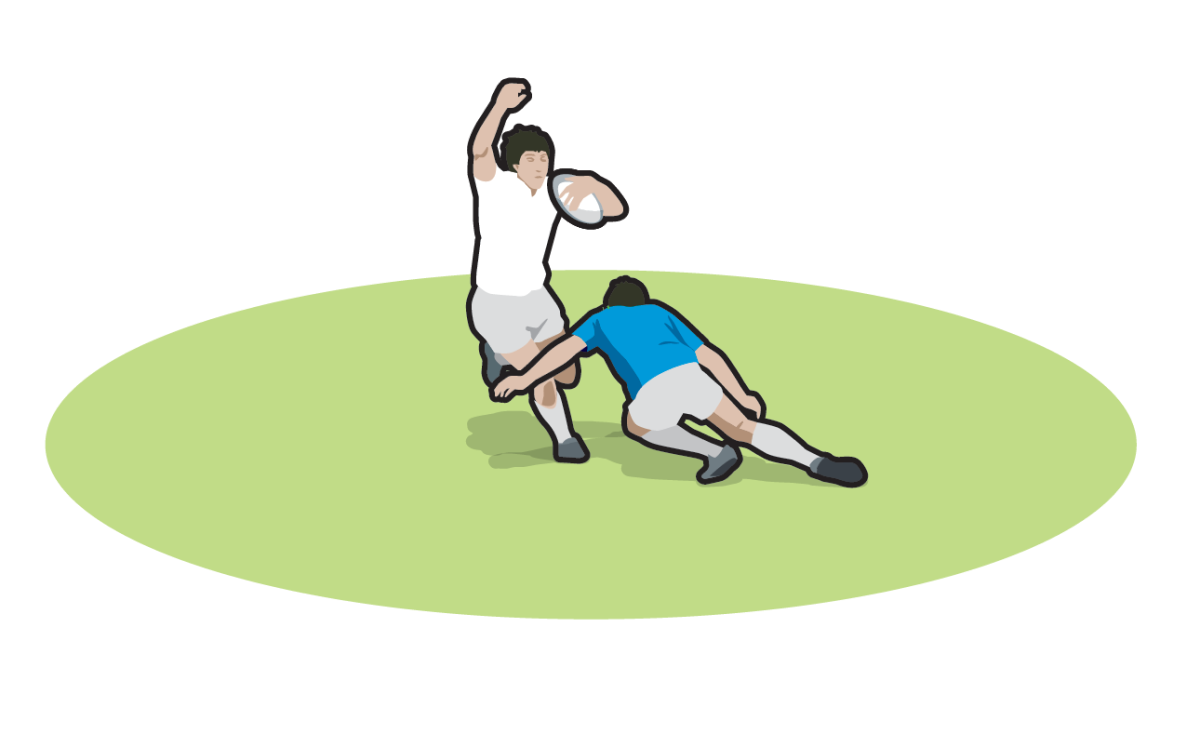
Fight - Are players fighting in contact to stay on their feet and force the defence to go backwards by getting behind the gain line?
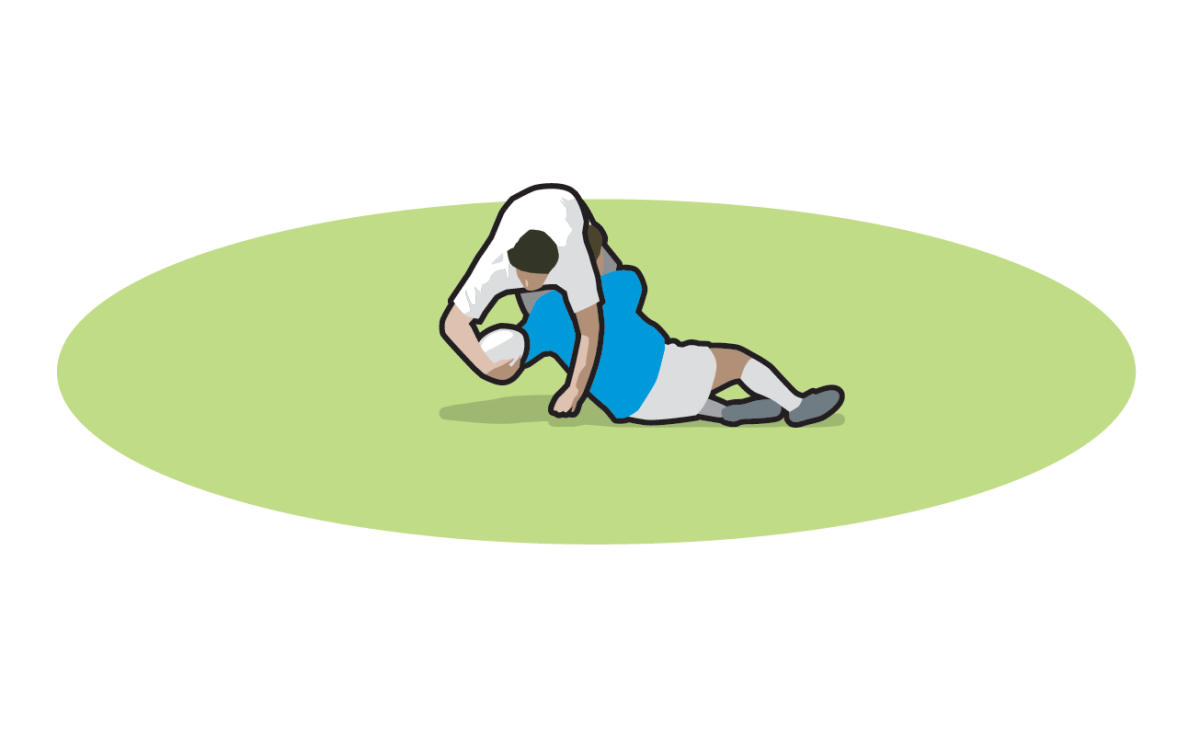
Finish - Post tackle, are ball carriers falling chest to the ground and rolling away from the inside threat (that is, the defender arriving from the side where the ball came from)
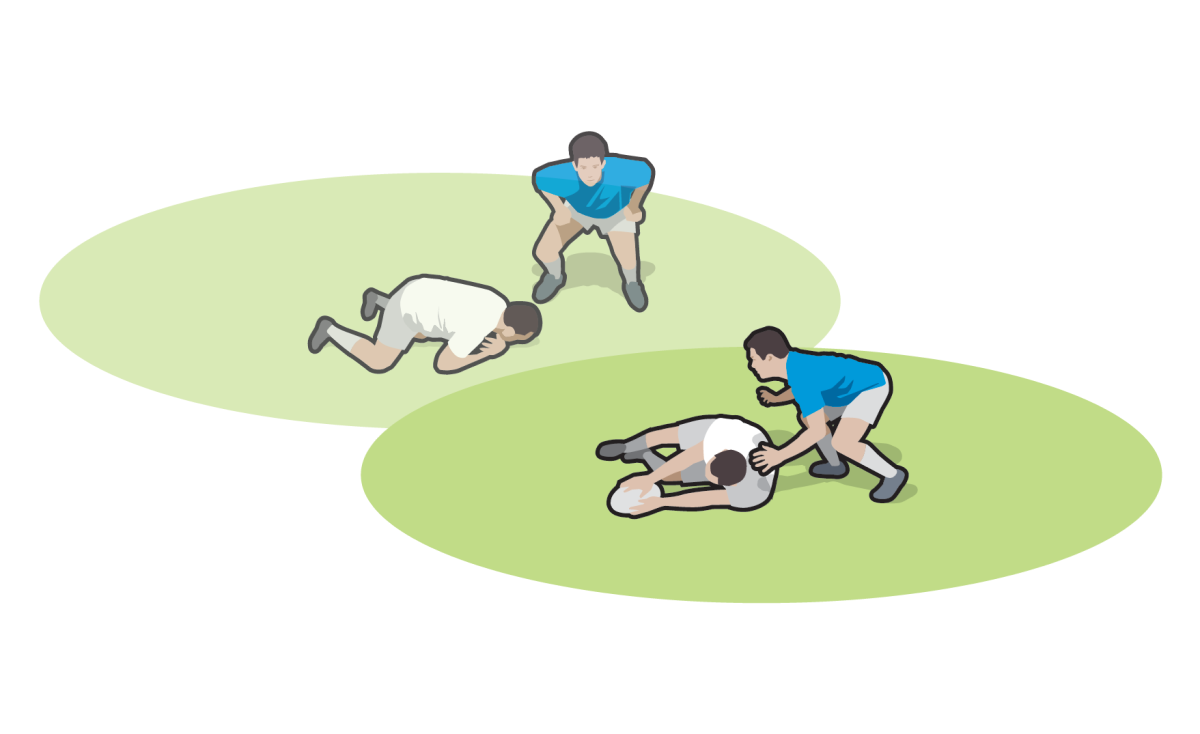
CATCH PASS


- Hands to ball - Reaching out to receive the ball, giving the ball carrier more time to make decisions
- Ball off chest - Keeping the ball from touching the chest to make it easier to manipulate to run, pass or kick
- Drive square and forward - Where possible, run up the field to preserve space and hold defenders
- See hands and eyes before offload - Where possible, pass the ball out of the tackle to a target
Coaching the ABC skills in training sessions
To effectively coach these skills, it is essential to integrate them into training sessions through a variety of drills and scenarios.
This can be done at the start of every session after an activation warm-up. Split your group into three groups and rotate round each skill MOT.
This example focuses on some attacking principles, but the same could apply to a defence session.
Attacking clear drills
1v1 rucking drill: Players practise clearing out a single defender from a ruck pad. Focus on body position and drive.
3v2 breakdown scenario: Small-sided games where attackers work on clearing out defenders to secure quick ball.
Progression: Increase the number of defenders and the complexity of the drill to simulate scenarios players may face in a game.
Ball carry drills
Cones and agility ladder: Players carry the ball through cones and ladders, practising footwork and balance.
1v1 evasion drill: Players face off in a confined space, working on sidesteps and fends to beat their opponent.
Support play drill: Players run with the ball and must offload to a support runner before being tackled.
Catch pass drills
Passing circuits: Players pass the ball around a circle, increasing speed and distance over time.
Overload attack games (e.g., 2v1, 3v2, 4v3): Promotes decision-making in game scenarios.
Aim to do 5-7 minutes on each station, and when designing your activities, remember the following...
- Game-specific drills: Ensure that training drills closely mimic game situations to improve decision-making and skill application under pressure.
- High-intensity training: Short bursts of high-intensity training help in developing the physical and mental resilience required during matches.
- Feedback and analysis: Don’t just be a fun facilitator. Use the technical model you have created on each skill to provide the foundations for the feedback you give.
Related Files
Newsletter Sign Up
Coaches Testimonials

Gerald Kearney, Downtown Las Vegas Soccer Club

Paul Butler, Florida, USA

Rick Shields, Springboro, USA

Tony Green, Pierrefonds Titans, Quebec, Canada
Subscribe Today
Be a more effective, more successful rugby coach
In a recent survey 89% of subscribers said Rugby Coach Weekly makes them more confident, 91% said Rugby Coach Weekly makes them a more effective coach and 93% said Rugby Coach Weekly makes them more inspired.
Get Weekly Inspiration
All the latest techniques and approaches
Rugby Coach Weekly offers proven and easy to use rugby drills, coaching sessions, practice plans, small-sided games, warm-ups, training tips and advice.
We've been at the cutting edge of rugby coaching since we launched in 2005, creating resources for the grassroots youth coach, following best practice from around the world and insights from the professional game.



